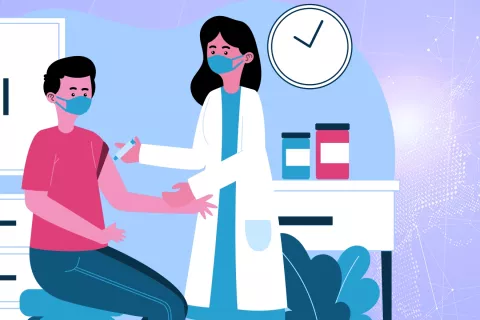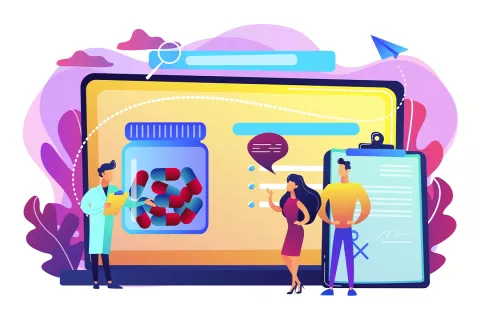
The pharmaceutical and Life Sciences sectors have seen a steady increase in the need for Medical Writing. Patents have been expiring, Regulatory standards have changed quickly, and spending on research and development has been rising constantly. Because of this, the necessity to continuously adapt, produce, maintain, and update medical material has evolved.
Medical Writing is a highly specialized field that encompasses the art and science of content writing and clinical research. It involves the production of well-structured scientific resources including clinical research papers, web content for the healthcare industry, periodicals, journals, etc. These texts can be read by anyone from a layperson to a highly qualified medical professional.
As there is a steady shift toward accepting automation in various industries, the medical writing industry is also trying to adapt to this situation and is moving towards using innovative solutions which can ease the process.
Next-generation Solutions for Medical Writing
Medical Writing Automation (MWA) is a framework that leverages the techniques and algorithms of Natural Language Processing (NLP) and Natural Language Generation (NLG) to generate content. Artificial Intelligence (AI) has made major strides in producing, processing, and mining text. These AI-powered engines can understand the context and suggest appropriate terminology. The said technology is also helpful when creating intuitive material. If programmed properly, a computer displays no bias. Based on its training, it offers its predictions and recommendations. Medical writers can use computer innovation and the rise of AI in the fields of NLP and NLG to their advantage while producing medical documentation.
How Does this Work?
NLP is a five (05)-step process starting from identifying and analyzing the structure of words, checking the grammar, arranging the words meaningfully, drawing the exact dictionary meaning of the words, relating this meaning of the sentence with the sentence just before it, and finally reinterpreting the actual meaning of the sentence. NLG is the process of generating meaningful phrases and sentences in the form of natural language from some internal representation. It involves text planning, sentence planning, and text realization.
How Can this Methodology be Adopted in Medical Writing?
AI, when clubbed with NLP and NLG, automatically extracts information from a variety of data sets, whether they are organized or unstructured. It then analyses the extracted data to comprehend and categorize the content's substance and context and stores the content and context data in a dynamic semantic model. Below is a representation of how NLP and NLG assist in the medical writing process, thus making it seamless.

To meet the needs of various stakeholders in the Life Sciences ecosystem, MWA changes the information and context of the material when it needs to be reused or repurposed. The solution keeps a database of data that is conveniently searchable with natural language queries. Additionally, impact analysis is done to enhance change management anytime new content is made available or updated.
MWA is particularly helpful for repeated operations with a high degree of redundancy. Most of the time and labor that goes into creating these documents is spent gathering data from already-existing sources (such as study procedures, figures, tables, and statistical analyses) and organizing it under the appropriate section headings. The figure below explains how the AI/NLP solutions can reduce 50-80% time as compared to the traditional approach.

Although a medical writer's expertise is not necessarily required, their assistance would be valuable when it comes to refining the finished article and offering an expert scientific interpretation. It can also speed up the submissions and marketing authorizations by producing complex documents in a fraction of the time they typically take (days as opposed to weeks), which benefits the budget. Its capabilities are expanding, and it can be used to generate documents that need a higher degree of editorial expertise such as peer-reviewed articles, abstracts, or posters.
Adoption of Automation in Medical Writing
Several companies are now employing AI solutions like NLP to automate conventional writing processes that are time-consuming and tedious. As these companies have realized the importance of automation in the medical writing space, they have agreed to the fact that AI solutions can save up to 80% of the medical writer’s time and can process and manipulate large amounts of data in a few minutes. Companies are adopting two (02) pronged approaches when it comes to automation. They are either developing internal automation capabilities for QC, data structuring, analysis, and generating documents, etc., or they are partnering with companies that have automation platforms.
As the industry is progressing in adopting automation in Medical Writing, we, at Freyr, are moving hand-in-hand with the industry and are adopting new technologies to ease your work and deliver quality deliverables in a shorter period. Partnering with Freyr will ensure you get quality documents and get them right the first time. Consult Freyr to know more about our medical writing capabilities.









